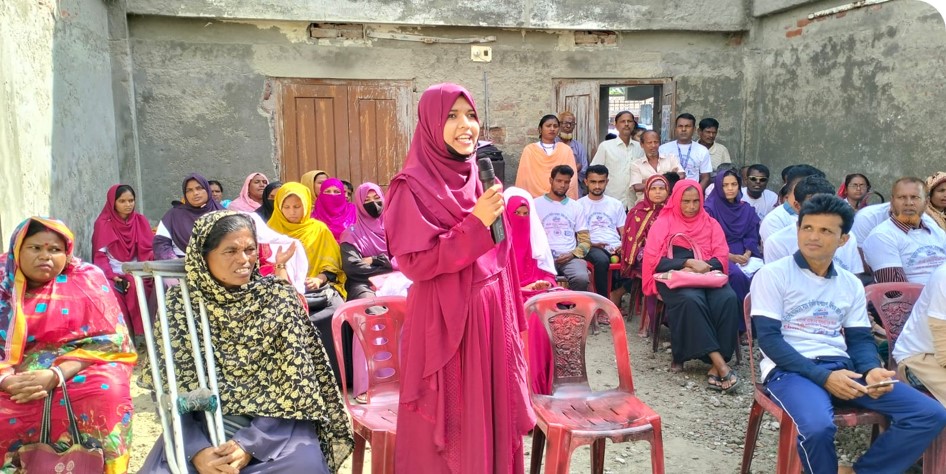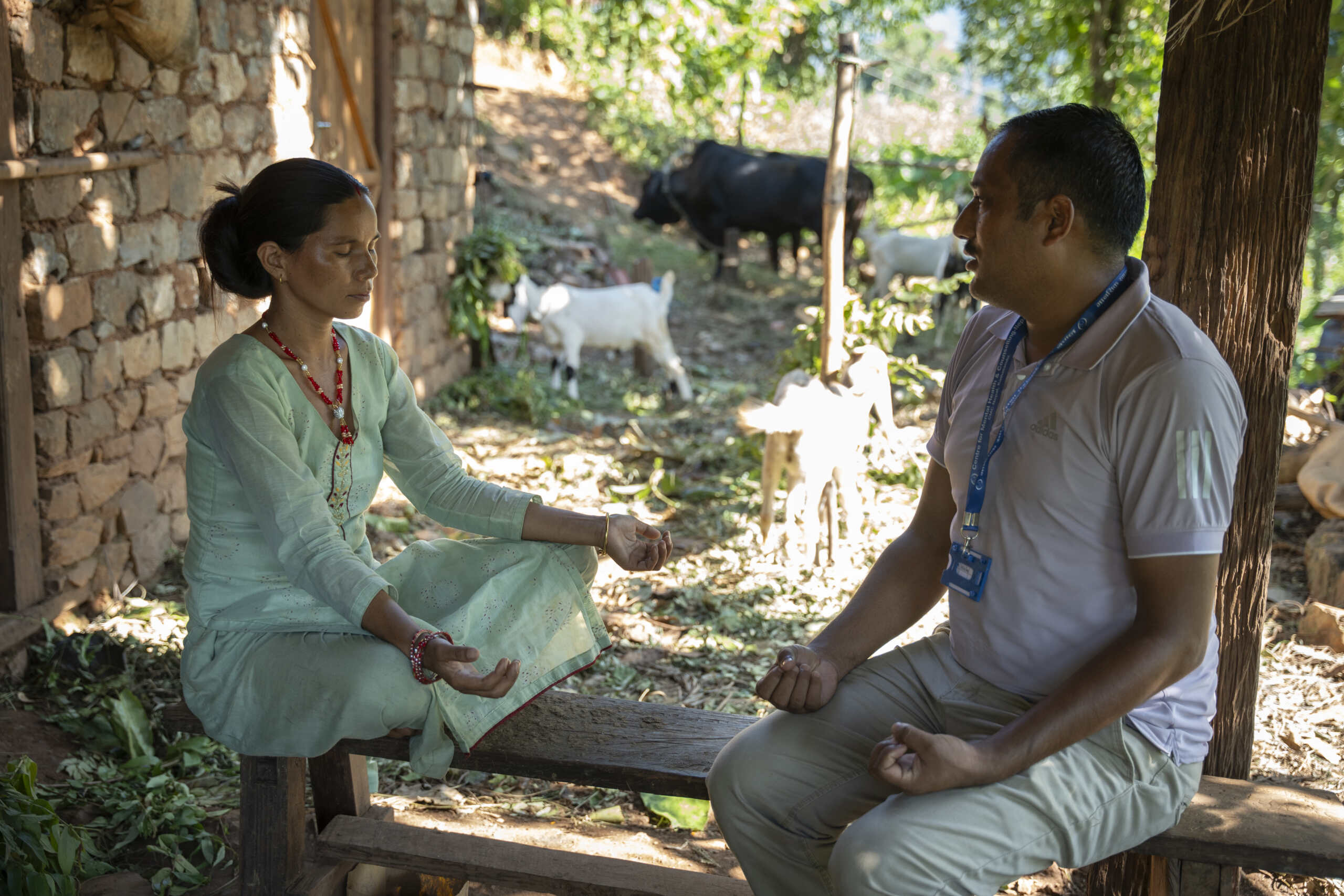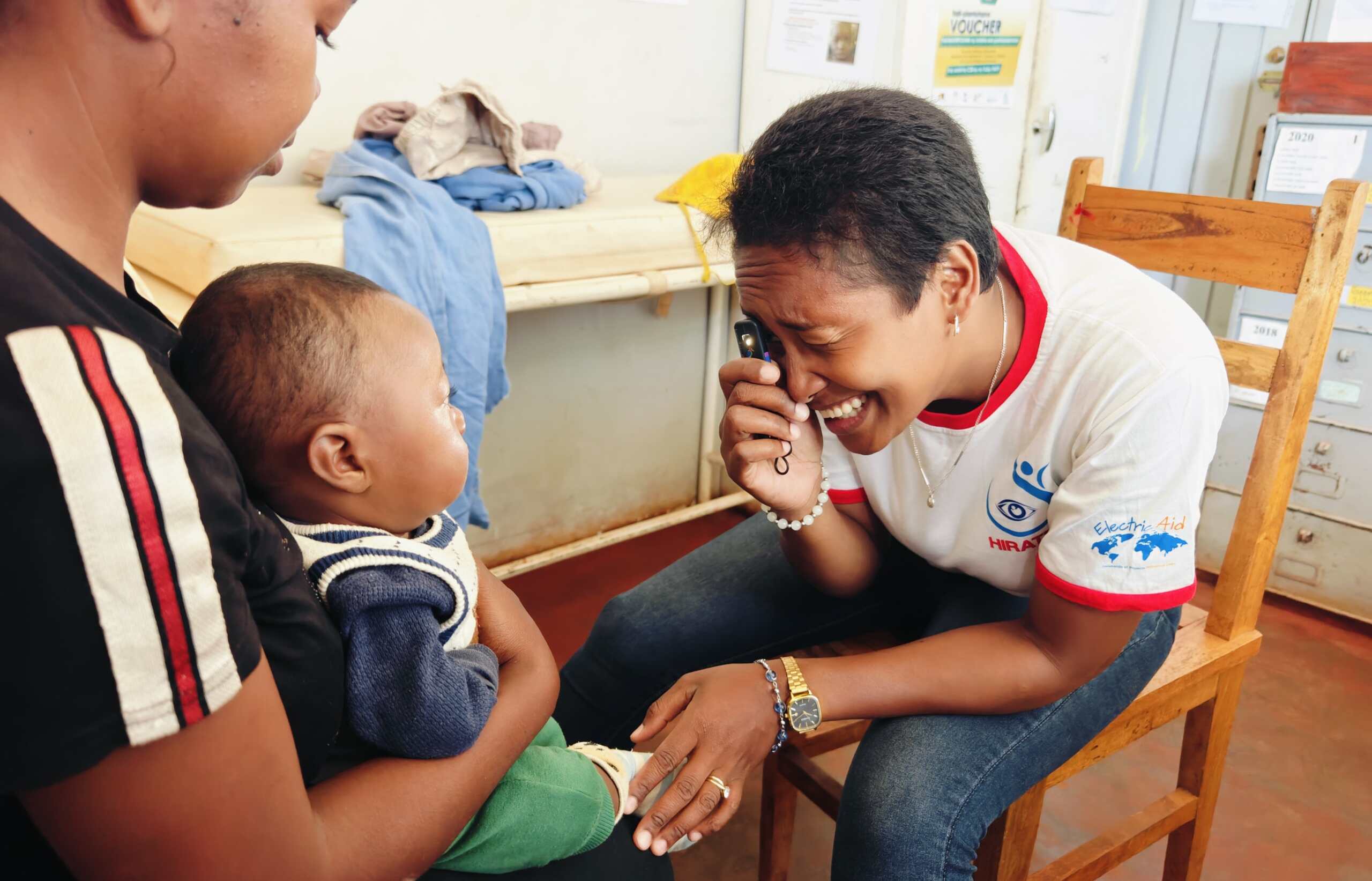Launch of Good Practice Documentation from Rohingya Response in Bangladesh
News | January 10, 2022
Since 25th August 2017, extreme violence in Rakhine state, Myanmar has driven over 859,000 refugees across the border into Cox’s Bazar in Bangladesh. Situations of conflict and mass displacement present complex challenges for health and rehabilitation service provision. The unpredictable nature of conflicts, security and other constraints that can impact access to an affected population, and the often protracted nature of conflict, make health service planning very challenging. At the same time surges in trauma cases and exacerbation of chronic medical conditions occur, increasing the need for health and rehabilitation services. Provision of rehabilitation including assistive devices is an essential prerequisite for persons with disabilities to complete their activities of daily living and access humanitarian services in a dignified manner.
In partnership with the Centre for Disability in Development (CDD), CBM has been providing health and rehabilitation services in the Rohingya camps and host community since December 2017. Four years later, we are excited to share our experiences on what we believe was a unique model of health and rehabilitation service provision which has met a critical gap in terms of access to comprehensive health services. This document is intended to provide a replicable example to be used by humanitarian health actors to implement integrated health and rehabilitation services which are inclusive and accessible for all persons. Some of the key challenges which were experienced by the teams, along with the solutions which were put in place to address, are also documented.
Key learnings from this program demonstrate that medical care and rehabilitation should not be seen as separate components, but rather as a model of multidisciplinary service where medical care and rehabilitation (including provision of assistive devices and home adaptation) along with psychosocial support are delivered together, providing for more comprehensive client care. An external evaluation conducted by CBM in November 2019 revealed that the unique model of health and rehabilitation service provision under one roof provided more holistic services and greater access for persons both with and without disabilities. Feedback from both clients and other key informants indicates that health outcomes were improved through having comprehensive health and rehabilitation services in one location.
This document provides an in-depth overview of the service model serving as a guide for other humanitarian actors on implementing inclusive health and rehabilitation services. This document describes in detail the three main components – including examples of good practice and lessons learned – which make the model successful:
- accessibility of services
- the multidisciplinary team approach
- provision of homebased rehabilitation
Emma Pettey, Senior Humanitarian Programme Officer, CBM Global Disability Inclusion says:
“The success CBM-CDD’s health and rehabilitation model in Bangladesh is rooted in development of comprehensive multi-disciplinary services whereby both medical services and rehabilitation are available under one roof. This “one stop shop” along with homebased rehabilitation teams, who on foot travel throughout the camp to provide therapy services in the client’s home, has helped to promote a client centered model and improve the accessibility of services. While frequently overlooked in humanitarian crisis, provision of rehabilitation services including assistive devices is critical in humanitarian crisis in order to allow persons with disabilities and older persons to complete their activities of daily living and access humanitarian services.”
Mohammad Monjurul Habib, Assistant Director, CDD says:
“For us, in particular (thinking from perspective of CDD), this is our first response working with refugees. As we learned, our multidisciplinary health and rehabilitation service worked well and served the persons with disabilities according to their needs. We got to see that for those who were the most at risk (those with moderate to severe disabilities who could not come to static centre), our HBR was a timely approach to reach these people. We also found that it is good to have the two components of our strategy – rehabilitation and disability mainstreaming – together. As we got to see that there were clients who were not able to access mainstream services considering the barriers, CDD identified and connected with the other service providers who made some adaptations. From this lens, rehabilitation and mainstreaming on the ground, has provided a good approach to meet the needs of persons with disabilities.”
We hope that this documentation of the health and rehabilitation model in Cox’s Bazar, Bangladesh, will provide a useful example of an approach to multi-disciplinary health services under one roof, including homebased rehabilitation, in a context of mass displacement.
Download the publication: Integrated Health and Rehabilitation Services in Mass Displacement – A model for inclusive healthcare from the Rohingya response in Bangladesh
https://cbm-global.org/news/launch-of-good-practice-documentation-from-rohingya-response-in-bangladesh
Related News

Achieving resilience for all requires funding disability inclusion in DRR
On International Day for Disaster Risk Reduction (DRR) 2025,...

The Vital Role of Mental Health and Psychosocial Support in Humanitarian Emergencies
Why Mental Health Cannot Be Overlooked When disasters strike, whether...

Lighting the Path to Sight: How Early Eye Screening is Changing Children’s Futures in Madagascar
Every child deserves the right to sight In Madagascar, thousands...
